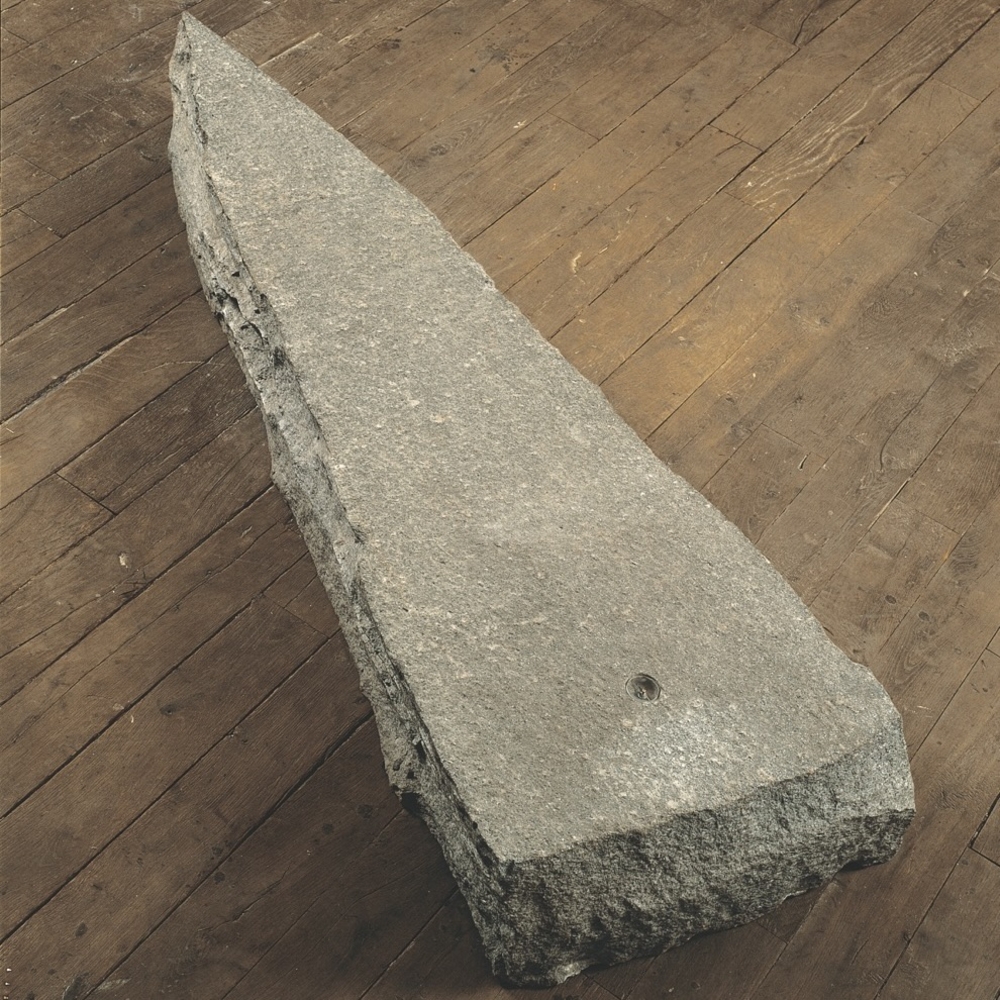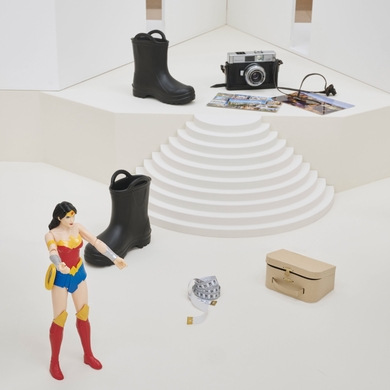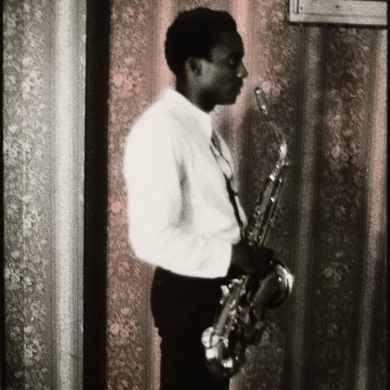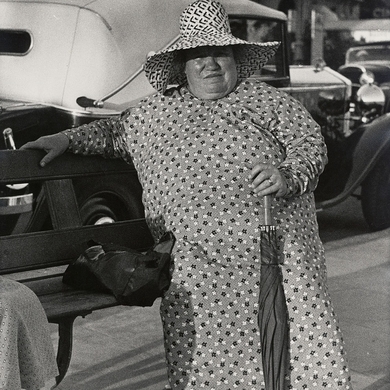In 1967, the art critic Germano Celant adapted the concept of “poor theater,” coined by the Polish experimental theater director Jerzy Grotowski, to fit a group of Italian artists. He addressed their work with the term arte povera, or “poor art,” and they adopted it. The Bourse de Commerce now retraces the movement from its inception to its expansion around the world, showing works by 13 members of the group. Artists such as Giovanni Anselmo, Alighiero Boetti, Luciano Fabro, and Pino Pascali disagreed with society’s intellectualization and over-refinement of art; they preferred to embrace incoherence and the intersection between nature and culture, an approach that takes away and downgrades. Though their styles differed, the members often used commonly available materials rather than expensive traditional supplies. “Within this simplicity you must be aware of the complexity,” Fabro once said. “This is what arte povera is all about.” —Jeanne Malle
Arts Intel Report
Arte Povera

Giovanni Anselmo, Direzione, 1968.
When
Oct 9, 2024 – Jan 9, 2025
Where
Etc
Art
/
Bourse de Commerce
/
Paris
/
Museum exhibition
/
The 1960s
/
Europe
/
Modern art
/
Closing Soon
Photo courtesy of the Bourse de Commerce



